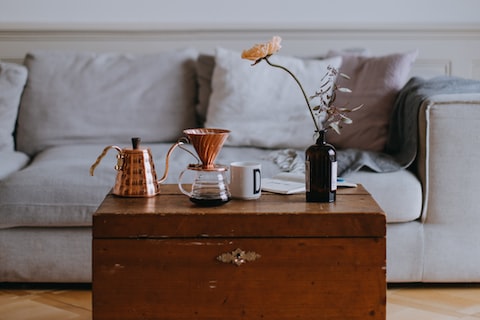Are you tired of struggling with inefficient and imprecise room layouts in your interior design projects? Look no further than a floor planner, the ultimate tool to unlock efficiency and precision in interior design.
A floor planner is a digital software or application that allows you to create detailed and accurate room layouts, floor plans, and furniture arrangements. With its user-friendly interface and advanced features, it streamlines the design process and enables you to bring your creative vision to life.
So, what are the key benefits of using a floor planner for your interior design projects? Let’s explore:
- Efficiency: A floor planner eliminates the need for manual sketching and measuring, saving you valuable time. You can easily drag and drop furniture and accessories onto the floor plan, experiment with different layouts, and make changes with just a few clicks. This streamlined workflow allows you to iterate and refine your designs faster.
- Precision: With gridlines, measurement tools, and alignment guides, a floor planner ensures accurate room dimensions and object placement. You can precisely position furniture, doors, windows, and other architectural elements, avoiding costly mistakes and ensuring a perfect fit.
- Space Optimization: One of the biggest challenges in interior design is maximizing the use of available space. A floor planner helps you visualize and optimize the room layout by testing different furniture arrangements and traffic flow. It allows you to identify potential space constraints, find creative solutions, and ensure optimal functionality and comfort.
- Collaboration: Many floor planners offer collaboration features that enable you to share your designs with clients, architects, or contractors. You can easily generate 3D visualizations, renderings, or walkthroughs to communicate your ideas effectively. This facilitates collaboration, feedback, and decision-making throughout the design process.
- Flexibility in Design: A floor planner empowers you to experiment with various design options and styles. You can try different color schemes, flooring materials, wall textures, and lighting effects in a virtual environment before making any physical changes. This flexibility allows you to explore your creativity and create personalized spaces that reflect your unique design aesthetic.
In conclusion, a floor planner is an invaluable tool for interior designers, helping them unlock efficiency and precision in their projects. From eliminating manual work to optimizing space and enabling collaboration, it revolutionizes the way interior design is conceptualized and executed. Embrace the power of a floor planner and take your designs to new heights!


